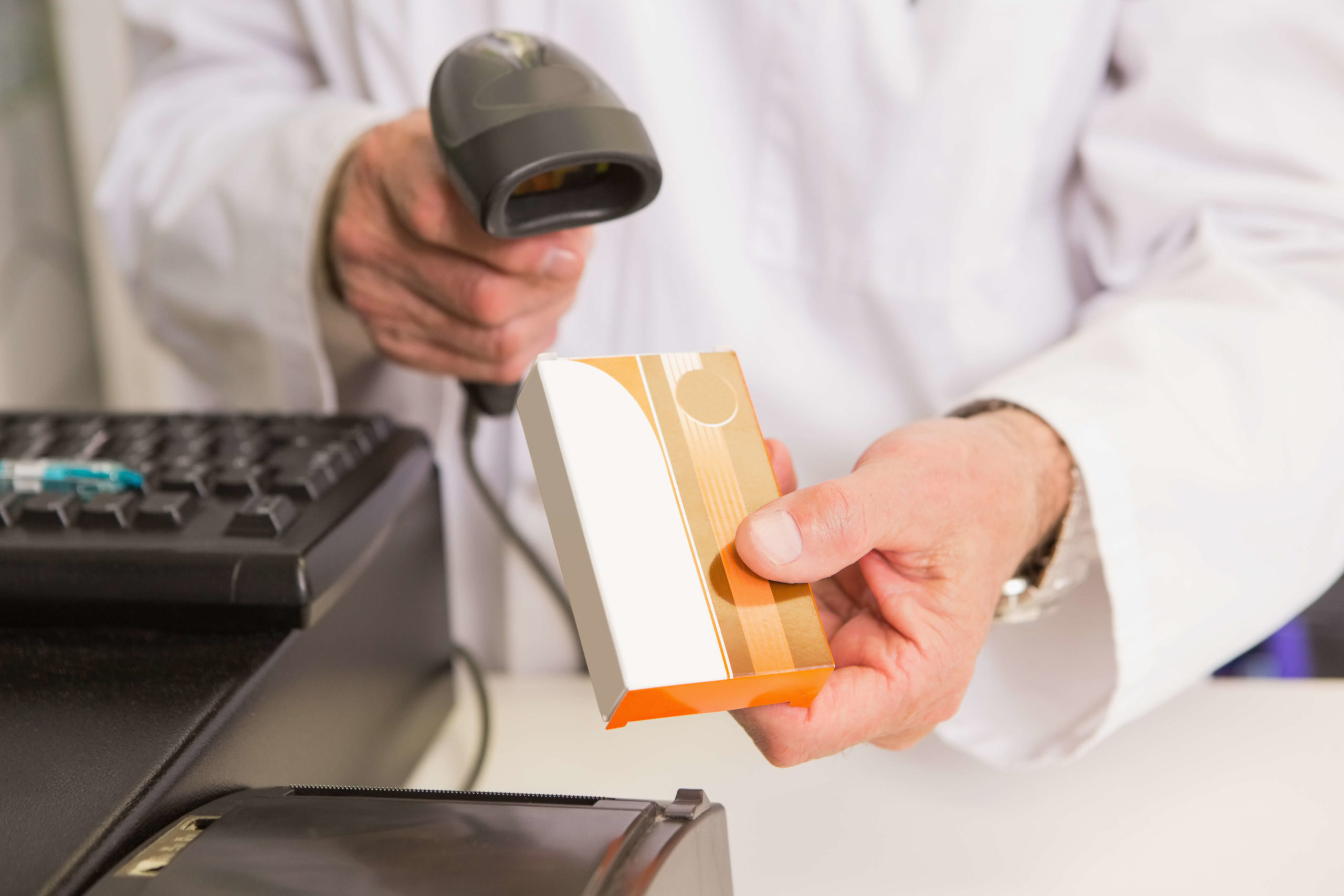*Disclaimer: This article was published in 2020 and reflects the information available at that time.
It is not surprising that approximately 60% of reports to PDL involve dispensing errors. The PDL Professional Officers collate these reports and identify the sub-categories of dispensing error. The two most frequent error types reported are:
- Wrong drug supplied
- Wrong strength supplied of the prescribed drug
Causes of these errors include:
- Incorrect data entry of prescription details
- Incorrect selection of the wrong drug or strength in the dispensing software
- Incorrect selection of the wrong drug or strength from the shelf (with likely omission of barcode scanning or warning not acted upon of incorrect item being scanned).
Factors involved in these errors include:
- Similar brand or drug names – “look alike, sound alike” (LASA) medications
- Similar packaging (especially with the corporate generic brands)
- Multiple strengths of a drug to select in dispensing software.
PDL strongly urges all pharmacists and dispensing technicians to be aware of these areas of risk and to be consistent and vigilant in how they prepare prescriptions for supply.
The following lists are a summary from PDL’s 2020 reporting data. The intent of this alert is to provide insight and discussion points leading to greater awareness of risk and its prevention. This information could also form the basis of continuous quality improvement activities for pharmacists and technicians in any dispensary setting.
Wrong Drug (LASA medications)
Reports involving errors of significance:
- Carbimazole & carbamazepine
- Ciprofloxacin & clarithromycin
- Elidel® & Efudix®
- Hydrochlorothiazide & hydroxychloroquine
- Levonorgestrel (ECP) & fluconazole (S3, one dose, often stored close together)
- Sodium chloride tablets & potassium chloride tablets
- Tapentadol & tramadol
Wrong Strength
Reports involving errors of significance:
- Methadone and Suboxone® for medication assisted treatment of opioid dependency
- S8s including Ordine®, oxycodone & tapentadol
- Apixiban – 2.5mg and 5mg
- Lithium – 250mg and 450mg SR
- Corticosteroids such as Prednisone/olone tablets and dexamethasone
- SSRI’s & SNRI’s – Higher or lower doses than prescribed
Caution with combinations
- Metformin & combinations with gliptins or SGLT2 inhibitors e.g. Janumet®, Jardiamet®
- Statins and statin combinations with ezetimibe
- Antihypertensive combinations, including Exforge® & Exforge HCT®
- Paracetamol with codeine 8mg or 15mg but combination with 30mg codeine dispensed
- Tenofovir vs tenofovir + emtricitabine
Confusion with Compounded Medicines
- Atropine eye drop 0.01% or 0.05% – Mistakenly dispensed as Atropt® 1%
- Minoxidil 1mg tablet – Mistakenly dispensed as Loniten® 10mg
Any occasion when the prescribed strength does not conform with a proprietary product requires review and confirmation. It should NEVER be assumed the prescriber has made an error. The above errors have occurred because the non-proprietary strength was overlooked or assumed to be an error by the prescriber.
Tips to avoid errors
- Slow down, check carefully and ALWAYS check the duplicate.
- Scan everything and ensure you actually check that a product has scanned correctly.
- Scan every item e.g. 12 boxes of Panadeine Forte – scan every single box.
- Separate medications that might pose a risk e.g. S3 levonorgestrel and fluconazole.
- Use warning signs in dispense program or on shelf e.g. Redipred – “Check dose for mg vs mL”.
- Schedule regular meetings for all dispensary staff to discuss risk management and review any near misses and errors.
Remember that scanning is a tool to protect the pharmacist as well as members of the public.
PDL members can call 1300 854 838 for advice and incident support from one of our Professional Officers. Supporting our pharmacist members 24/7.



